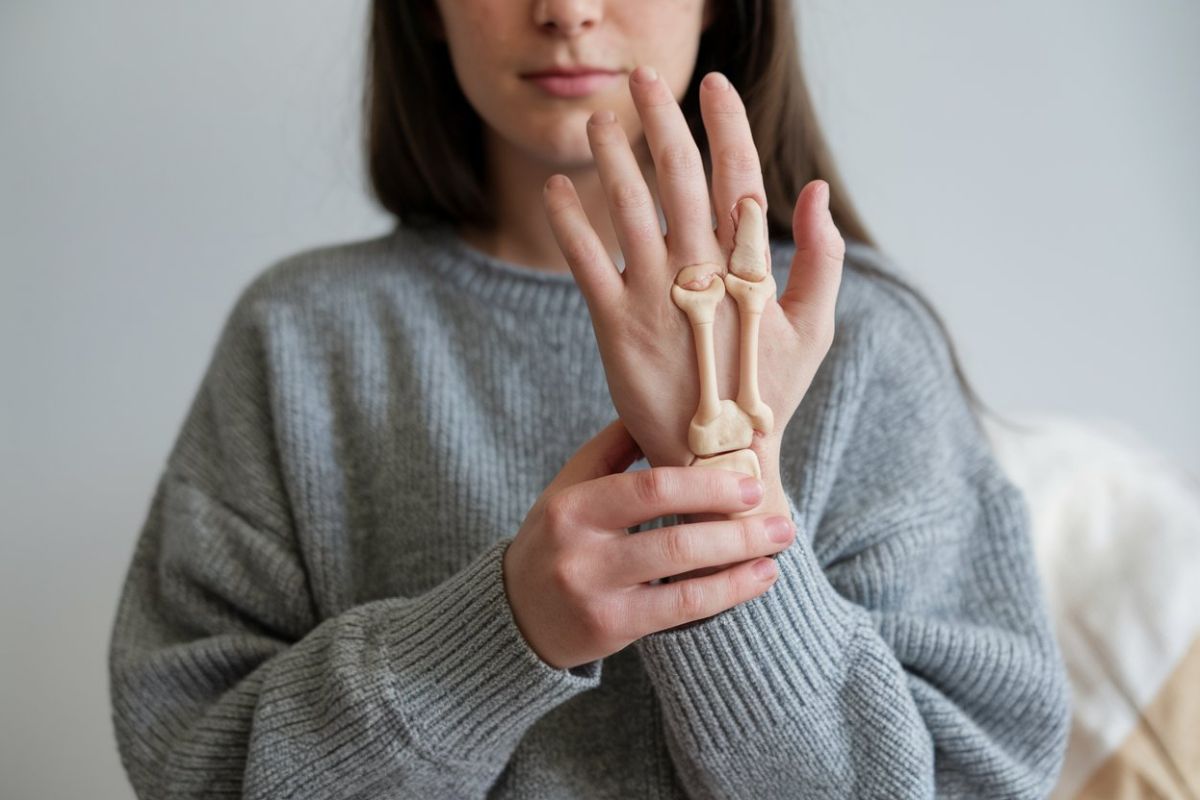
Ulna hypoplasia is a rare congenital condition where the ulna, one of the two long bones in the forearm, is underdeveloped. This can lead to various complications, including limited arm movement and deformities. Understanding ulna hypoplasia is crucial for parents, caregivers, and medical professionals to provide the best care and support for those affected. This article will delve into 25 essential facts about this condition, covering its causes, symptoms, diagnosis, and treatment options. Whether you're a concerned parent, a healthcare provider, or just curious, these facts will give you a comprehensive overview of ulna hypoplasia.
Key Takeaways:
- Ulna hypoplasia is a rare condition where the forearm bone is underdeveloped, affecting arm function and appearance. It can be caused by genetic or environmental factors and may require physical therapy, surgery, or prosthetics for treatment.
- Individuals with ulna hypoplasia may experience a shortened forearm, limited range of motion, and abnormal hand position. Treatment options include physical therapy, orthopedic devices, surgery, and prosthetics, with early intervention leading to better outcomes.
What is Ulna Hypoplasia?
Ulna hypoplasia is a rare congenital condition where the ulna, one of the two long bones in the forearm, is underdeveloped. This condition can affect the function and appearance of the arm. Let's dive into some fascinating facts about ulna hypoplasia.
-
Rare Condition: Ulna hypoplasia occurs in approximately 1 in 100,000 live births, making it a rare condition.
-
Congenital Disorder: This condition is present at birth, meaning it develops during fetal growth.
-
Forearm Bones: The ulna is one of the two long bones in the forearm, the other being the radius.
-
Varying Severity: The severity of ulna hypoplasia can range from mild shortening of the bone to complete absence.
-
Associated Conditions: Often, ulna hypoplasia is associated with other congenital anomalies, such as radial hypoplasia or syndactyly (webbed fingers).
Causes and Diagnosis
Understanding the causes and how ulna hypoplasia is diagnosed can provide insight into this condition.
-
Genetic Factors: Genetic mutations or chromosomal abnormalities can lead to ulna hypoplasia.
-
Environmental Factors: Exposure to certain drugs or toxins during pregnancy can increase the risk.
-
Prenatal Diagnosis: Ultrasound can sometimes detect ulna hypoplasia before birth.
-
Postnatal Diagnosis: After birth, physical examination and X-rays are used to confirm the diagnosis.
-
Family History: A family history of congenital limb anomalies can increase the likelihood of ulna hypoplasia.
Symptoms and Physical Characteristics
The symptoms and physical characteristics of ulna hypoplasia can vary widely.
-
Shortened Forearm: The most noticeable symptom is a shortened forearm on the affected side.
-
Limited Range of Motion: Individuals may have limited range of motion in the elbow and wrist.
-
Abnormal Hand Position: The hand may be positioned abnormally, often deviating towards the thumb side.
-
Underdeveloped Muscles: Muscles in the affected arm may be underdeveloped, leading to weakness.
-
Finger Anomalies: Fingers on the affected hand may be shorter or fused together.
Treatment Options
Treatment for ulna hypoplasia aims to improve function and appearance.
-
Physical Therapy: Physical therapy can help improve range of motion and strength.
-
Orthopedic Devices: Splints or braces can support the arm and improve function.
-
Surgical Intervention: In severe cases, surgery may be necessary to correct bone deformities.
-
Prosthetics: Prosthetic devices can be used to enhance the function of the affected limb.
-
Early Intervention: Early diagnosis and treatment can significantly improve outcomes.
Living with Ulna Hypoplasia
Living with ulna hypoplasia presents unique challenges and opportunities.
-
Adaptation: Individuals often adapt to their condition, finding unique ways to perform daily tasks.
-
Support Networks: Support groups and networks can provide valuable resources and emotional support.
-
Independence: Many individuals with ulna hypoplasia lead independent, fulfilling lives.
-
Awareness: Raising awareness about ulna hypoplasia can lead to better understanding and support.
-
Research: Ongoing research aims to improve treatment options and outcomes for those affected by this condition.
Final Thoughts on Ulna Hypoplasia
Ulna hypoplasia, a rare congenital condition, affects the development of the ulna bone in the forearm. This condition can lead to various challenges, including limited arm movement and potential functional impairments. Early diagnosis and intervention are crucial for managing symptoms and improving quality of life. Treatment options range from physical therapy to surgical procedures, depending on the severity of the condition.
Understanding the facts about ulna hypoplasia helps in recognizing the importance of medical advancements and supportive care for those affected. Awareness and education can make a significant difference in the lives of individuals with this condition, promoting better outcomes and fostering a supportive community.
By staying informed and advocating for continued research, we can contribute to a brighter future for those living with ulna hypoplasia.
Frequently Asked Questions
Was this page helpful?
Our commitment to delivering trustworthy and engaging content is at the heart of what we do. Each fact on our site is contributed by real users like you, bringing a wealth of diverse insights and information. To ensure the highest standards of accuracy and reliability, our dedicated editors meticulously review each submission. This process guarantees that the facts we share are not only fascinating but also credible. Trust in our commitment to quality and authenticity as you explore and learn with us.
